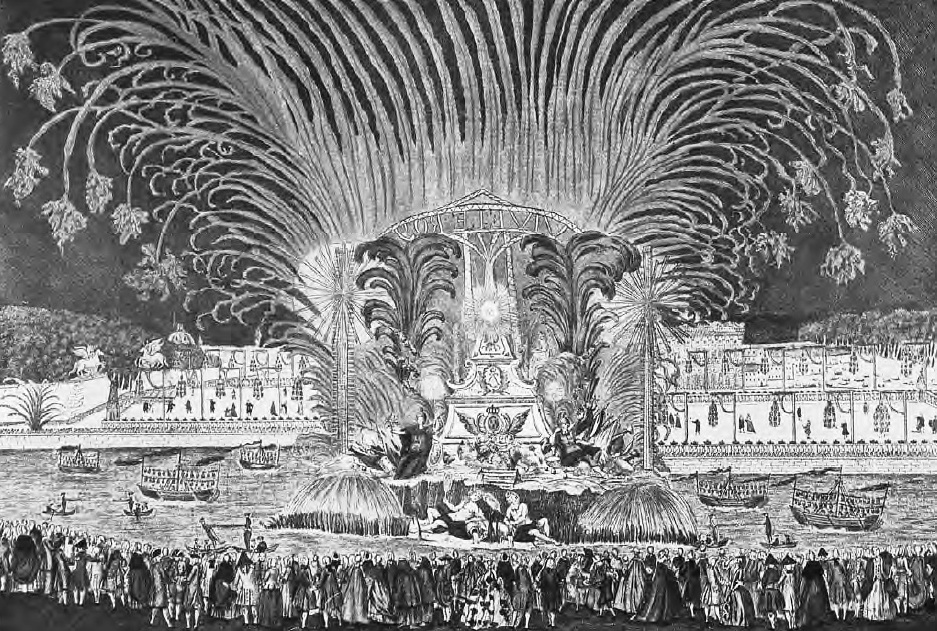Treaty of Paris, event Date: February 10, 1763, Signed by Britain, France, and Spain on February 10, 1763. The Treaty of Paris brought to a close the struggle between those nations known in America as the French and Indian War (1754–1763). Five days later, on February 15, Austria and Prussia signed the Treaty of Hubertus burg, ending the larger European part of this war, the Seven Years’ War (1756–1763).
Under the terms of this treaty, Austria definitively ceded Silesia, confirming Prussia as a major power. The French and Indian War began in America in 1754 with fighting between French and English colonists in the Ohio River Valley. Within a year the conflict had spread to Nova Scotia and the West Indies. By 1756, the great powers of Europe (France, Britain, Prussia, Austria, and Russia) were all at war on the continent.
However, Britain and France waged a struggle for World Empire on the seas and in such diverse locations as the West Indies and India. The initial lineup saw France, Austria, and Russia pitted against Prussia and Britain; Spain joined on the side of France in 1762, but this did not prevent the British from winning key battles in Canada and the Caribbean.
The British were able to keep Prussia in the war by financial subsidies while focusing their own military efforts in the colonies and on the Royal Navy. The French, although they had far greater assets than the British, were forced to take an active role in the fighting on land in Europe and thus had far less to expend on the fighting at sea and in the colonies. The Royal Navy cut the vital supply lines between France and its overseas colonies. The Treaty of Paris recognized this British military triumph.
No other international agreement before or since saw the transfer of so much American territory. Britain received control of all of Canada, including Cape Breton Island and the St. Lawrence islands. Britain also secured from France recognition of its control of the Ohio River Valley as well as all the territory east of the Mississippi River (including the port of Mobile) except the city of New Orleans.
In the Caribbean, Britain secured St. Vincent, Dominica, Tobago, Grenada, and the Grenadines. There was considerable debate in Britain over the wisdom of taking Canada and removing that threat to the often Paris, Treaty of 593 troublesome northern English colonies rather than demanding the rich sugar island of Guadeloupe, but in the end, Prime Minister William Pitt prevailed on the grounds of military security as well as trade considerations.
France retained the islands of Saint-Pierre and Miquelon off the southern coast of Newfoundland, as well as fishing rights on Newfoundland’s banks. In the West Indies, Britain returned to France the Caribbean islands of Martinique and Guadeloupe, while, as noted, France restored to Britain St. Vincent, Dominica, and Tobago. In Europe, France agreed to evacuate its positions in the German state of Hanover.
In India, France received back Pondicherry, but its fortifications were to be razed and limits were placed on French military strength. French stations in Bengal were limited to commercial centers. (The French dissolved their Compagnie des Indes in 1763.) In Africa, the French acquired the slave port of Goree off the western coast, and Britain gained the Senegal River and its settlements.
The treaty also compelled France to drop any compensatory claims for shipping losses and destroy the maritime fortifications at Dunkerque (Dunkirk). Spain’s ineffective participation in the war brought mixed results to the treaty. Spain forfeited all Canadian fishing rights and traded all of Florida (Spanish possessions east of the Mississippi) to Britain for the return of Cuba from Britain. Britain also returned to Manila.
The British promised to demolish fortifications along the Honduran coast, but Spain was forced to recognize the rights of its loggers in that area. In Europe, Spain returned Minorca to England. In the secret Treaty of San Ildefonso of November 3, 1762 (by which France secured Spanish participation in the war), Spain had already acquired from France both New Orleans and all of Louisiana west of the Mississippi River.
The Treaty of Paris of 1763 was a watershed mark for British power and a great humiliation for France, confirming Britain as possessing the world’s most extensive overseas empire. The treaty did not, however, usher in a period of peace in North America. Although the French and Spanish threats to British colonists were now gone, conflict with Native Americans was far from over.
In addition, disagreements between the colonists and the mother country escalated a decade later into the American Revolutionary War. Although the costs for their nation would be high indeed, French statesmen who were bent on revenge for the losses of 1763 embarked on a program of support for the American Patriot cause.
The next treaty of Paris, that of 1783, stripped Britain of its North American colonies, save for Canada, and secured the French a measure of revenge for 1763, albeit at a high cost. A bankrupted France itself succumbed to the revolution in 1789.
Read More – The Medieval City of Rhodes – A unique History








